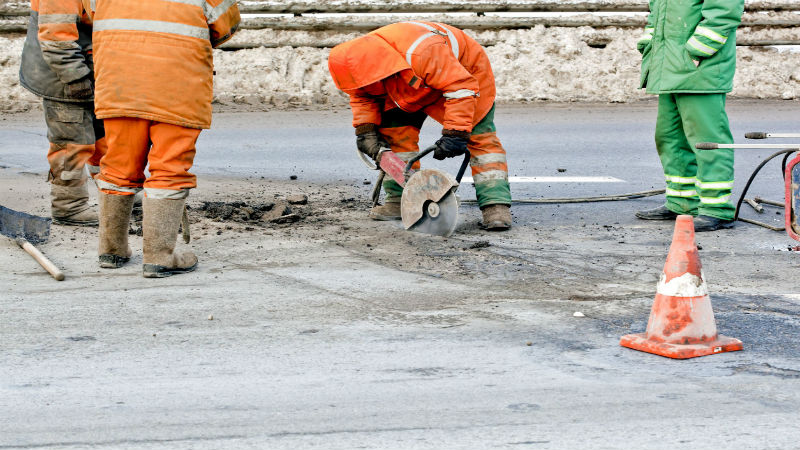Oxygen affects beverages, altering their color, taste and shelf life. It is no wonder why manufacturers have started thinking about spray deaeration. Oxygen also affects the packaging or bottling process, since the beverages produce foam. Deaeration, or removing the oxygen from the packaging, gains more and more importance as the unwillingness to add different kinds of antioxidants increases.
The Start and the Present
In the past, it has been considered acceptable for the residual oxygen level to be of 0.1 mg/l, while in our days the final oxygen content is about 0.02 mg/l. The whole process is based on Dalton’s Law, according to which the total pressure of a gas mixture equals the sum of the composing gases’ partial pressures.
This means that the fluids can hold only as much oxygen as necessary to achieve a balance of the partial and total pressures. In order to deaerate water, it is important to achieve as little oxygen pressure as possible. Manufacturers can achieve this by reducing the total pressure, increasing the partial pressure of another ingredient or increasing the water’s steam pressure.
Vacuum Deaeration
During this process, the water is sprayed into a tank through fine nozzles. Through this transfer the area of the gas and water transfer surface is increased. The vacuum forces the oxygen to be released, and then the system removes it through suction. In order to facilitate the process, strip gas is used. Naturally, the efficiency of the process is limited by the equipment’s design. Generally speaking, the remaining oxygen concentration is about 0.07 to 0.1 mg/l. Using a seal water pump can improve it, but this also makes the process more expensive.
Other Options for Deaeration
Spray or vacuum deaeration isn’t the only available option. Some other solutions include hot deaeration, membrane deaeration and column deaeration. Most of these processes require the use of a strip gas which is meant to change the ratios of the gases and also help remove the oxygen from the tank.
Usually, the strip gas has a lower reactivity, making carbon dioxide and nitrogen good choices. In practice, the majority of the manufacturers use carbon dioxide as it is required for producing carbonated beverages. In some cases, manufacturers opt to use the combination of these two gases.
While spray deaeration has not been very common in the past, more and more manufacturers shift toward it because it is efficient and effective. Spray daeration also makes it possible for manufacturers to use small amounts of antioxidants, which only make the beverages healthier (as healthy as such beverages could possibly be). Additionally, the process allows drinks to hold a longer shelf life, leading to less waste of spoiled products.






